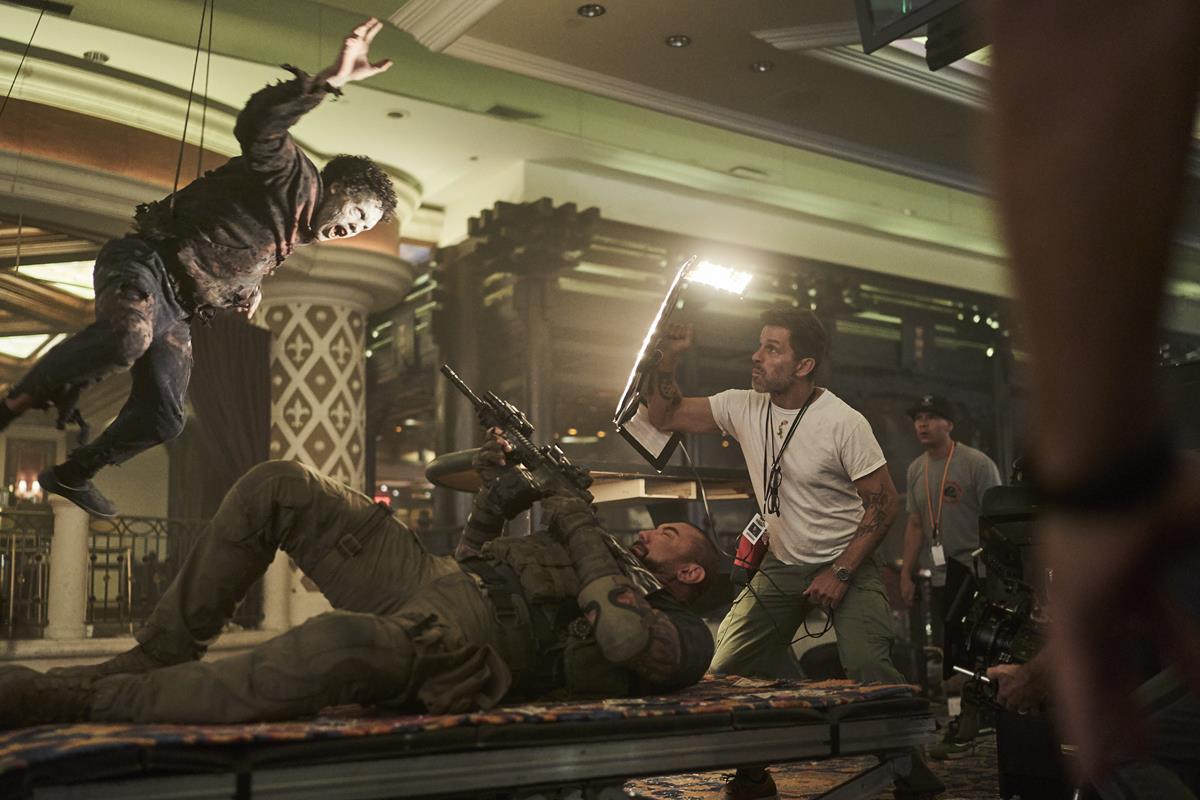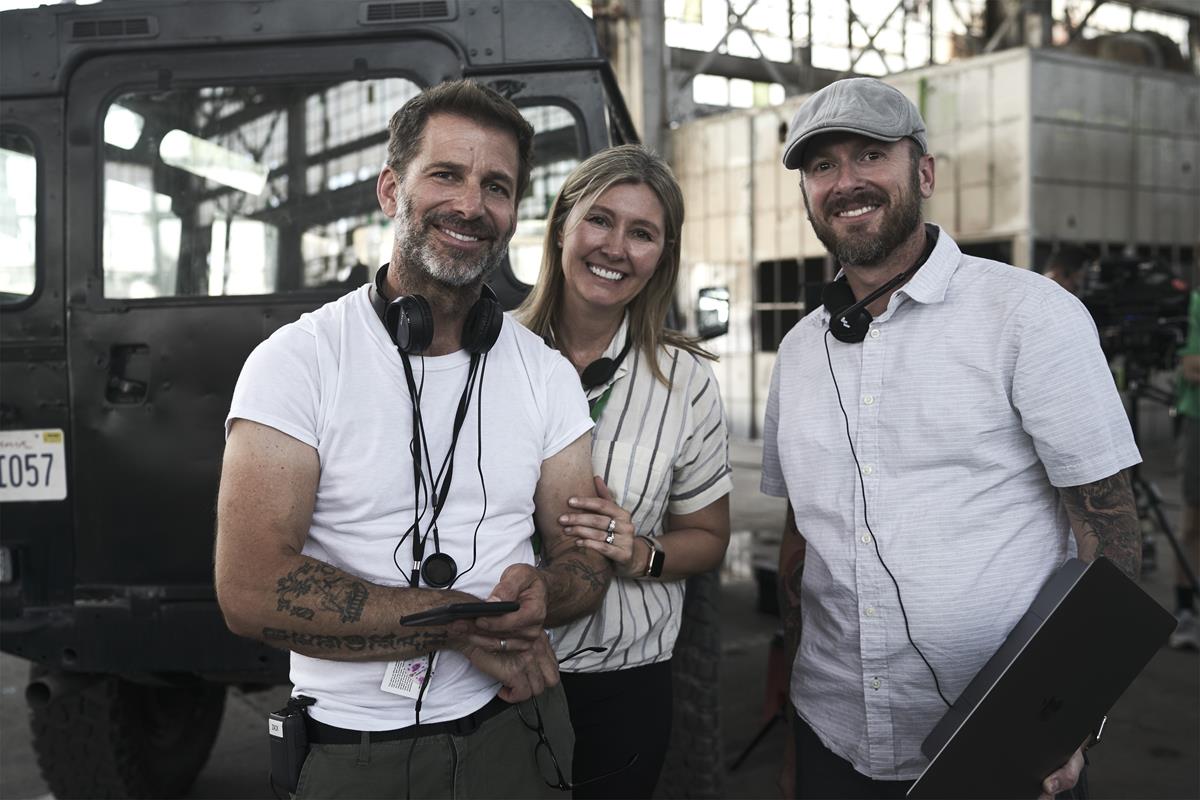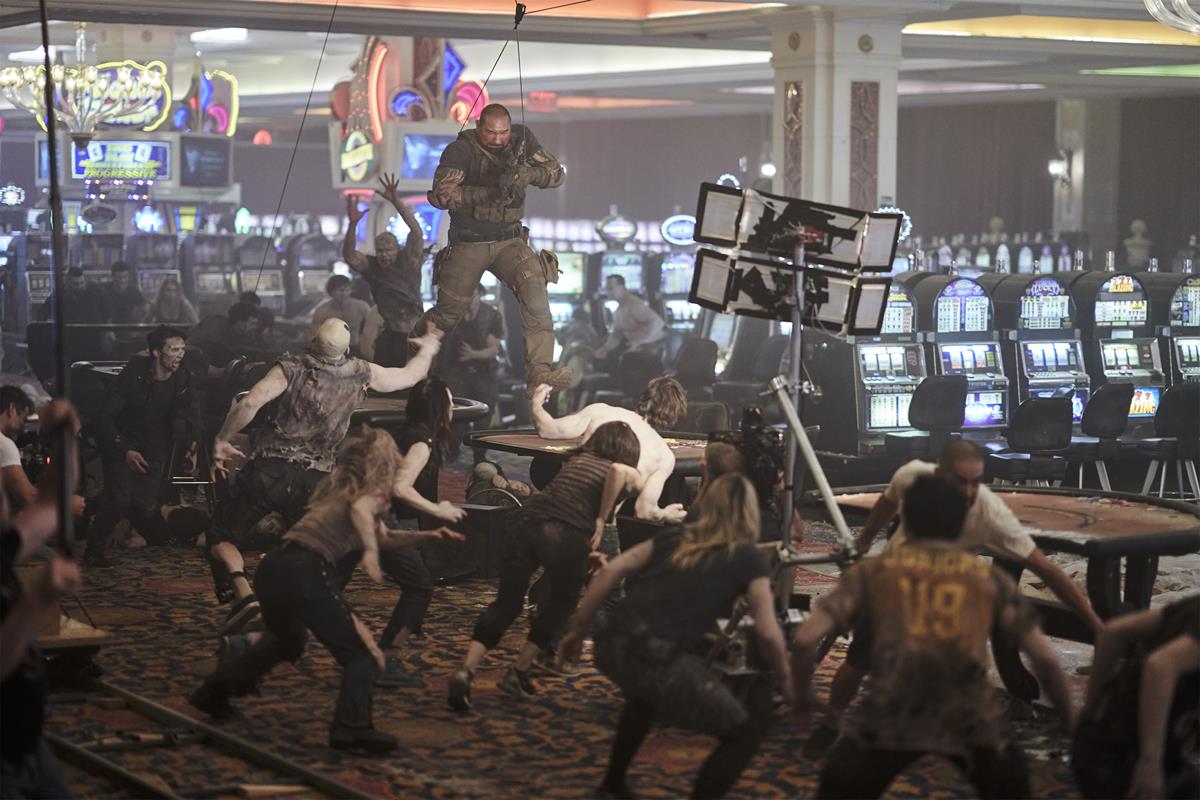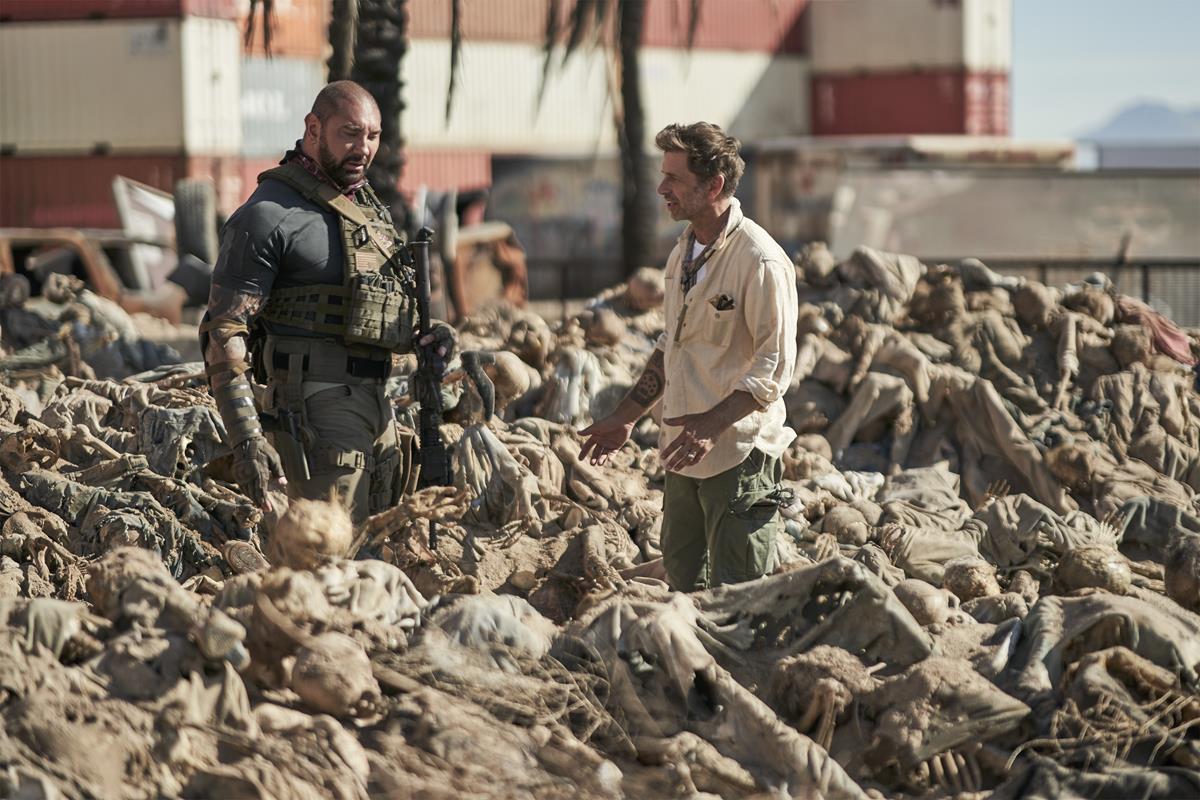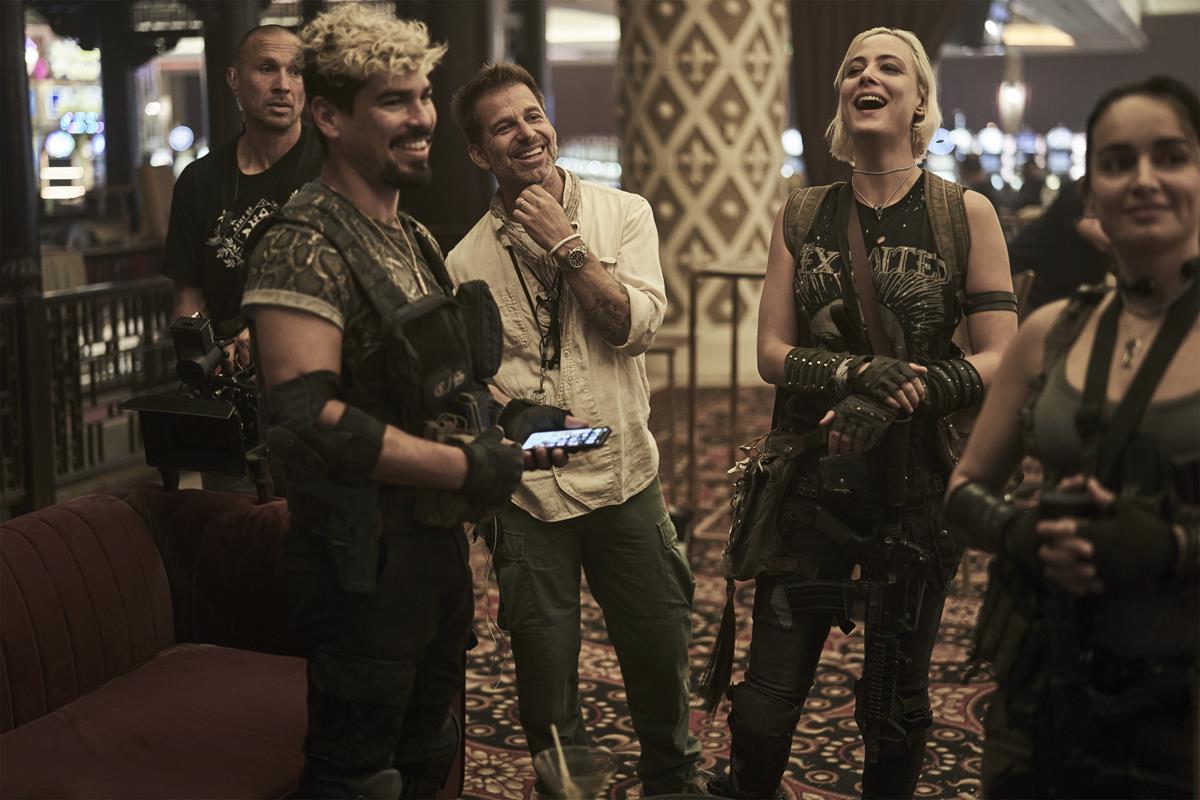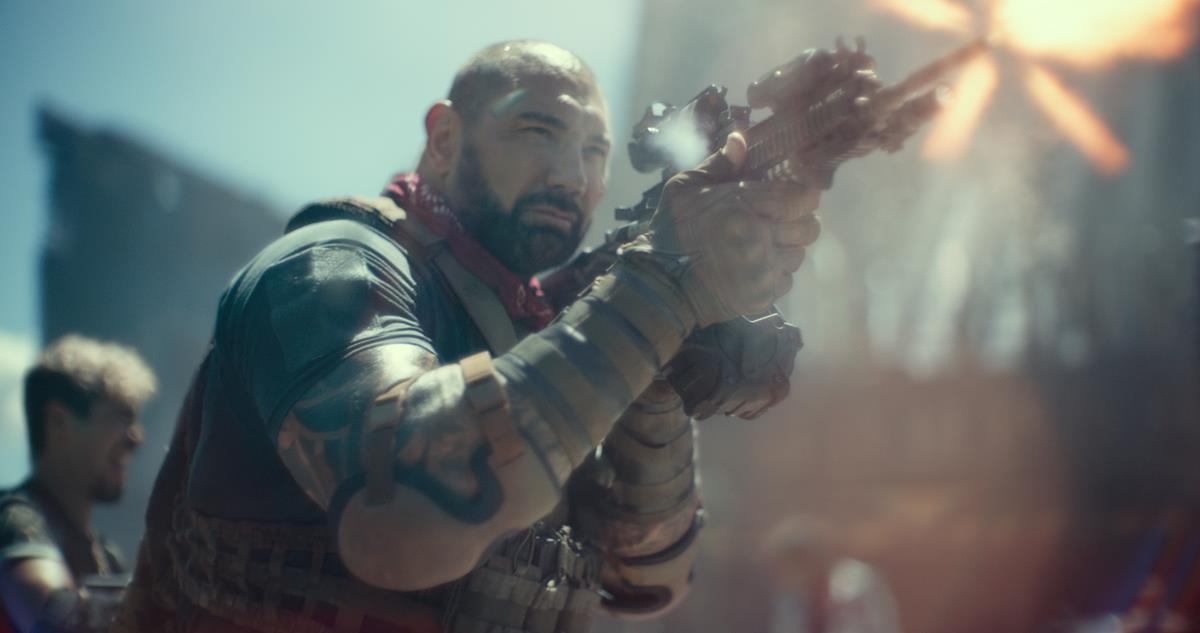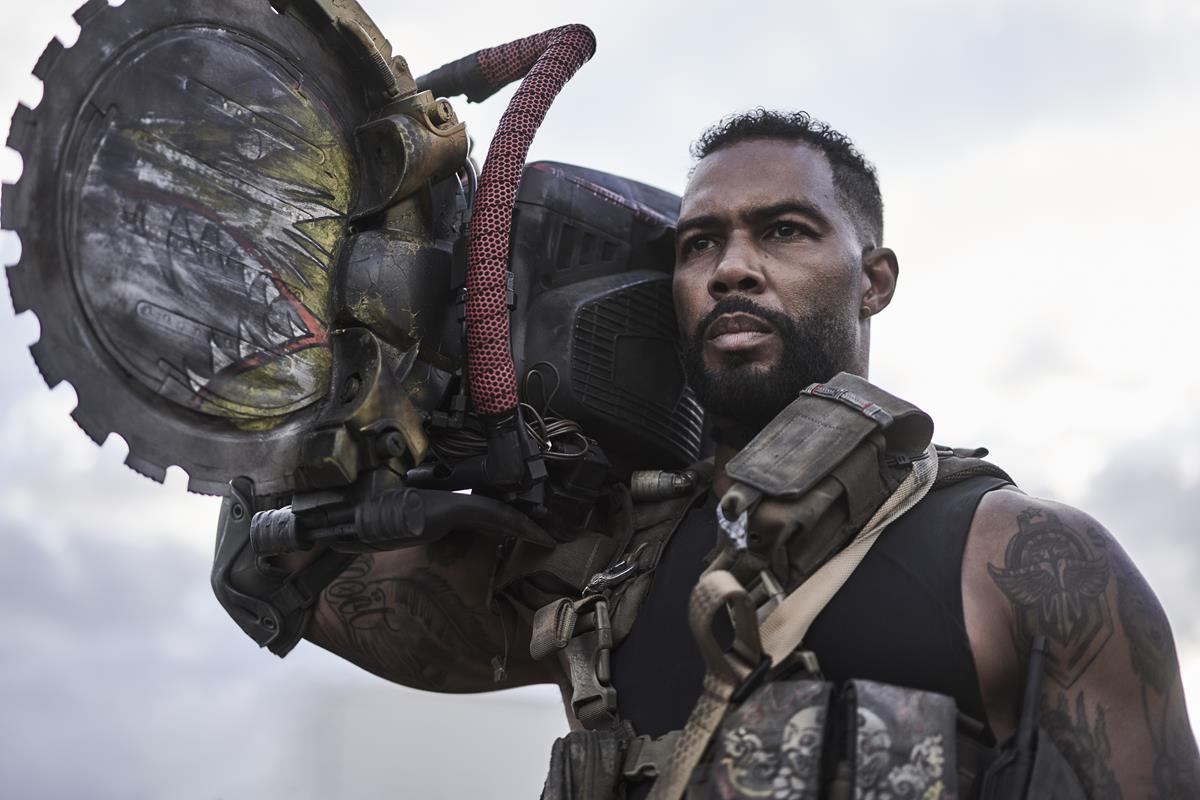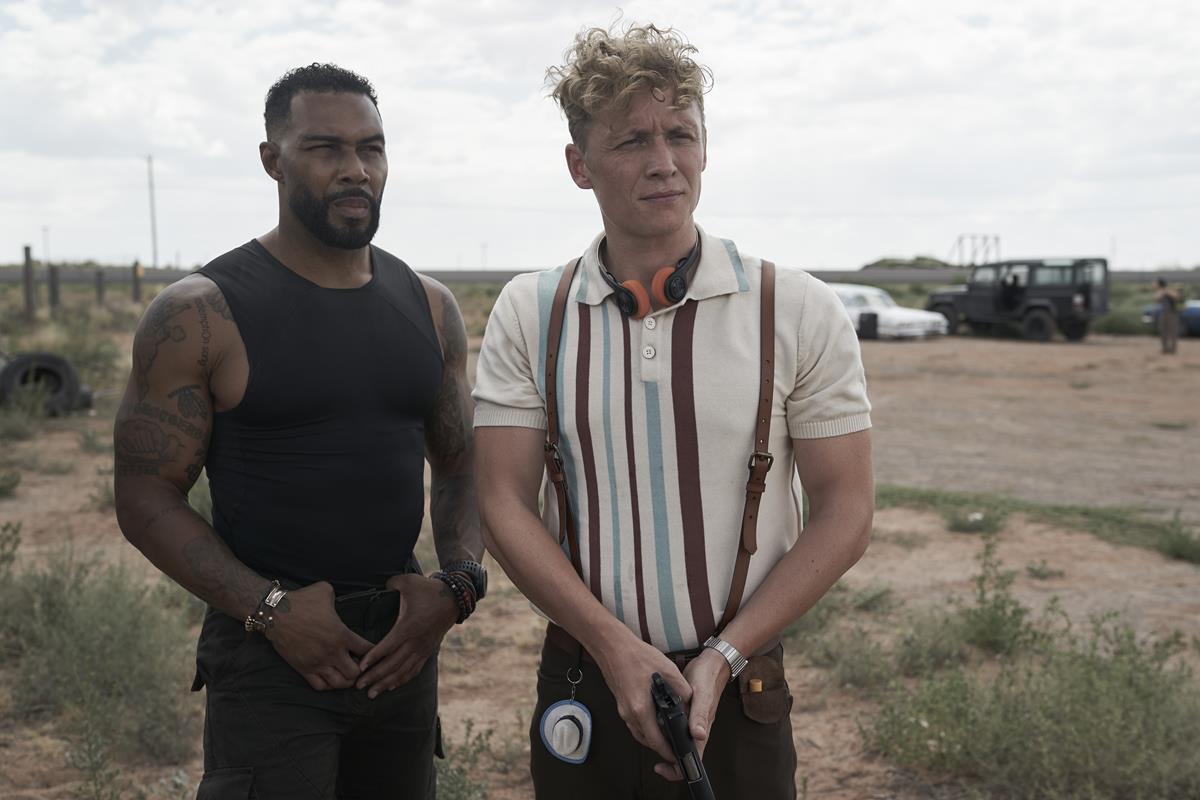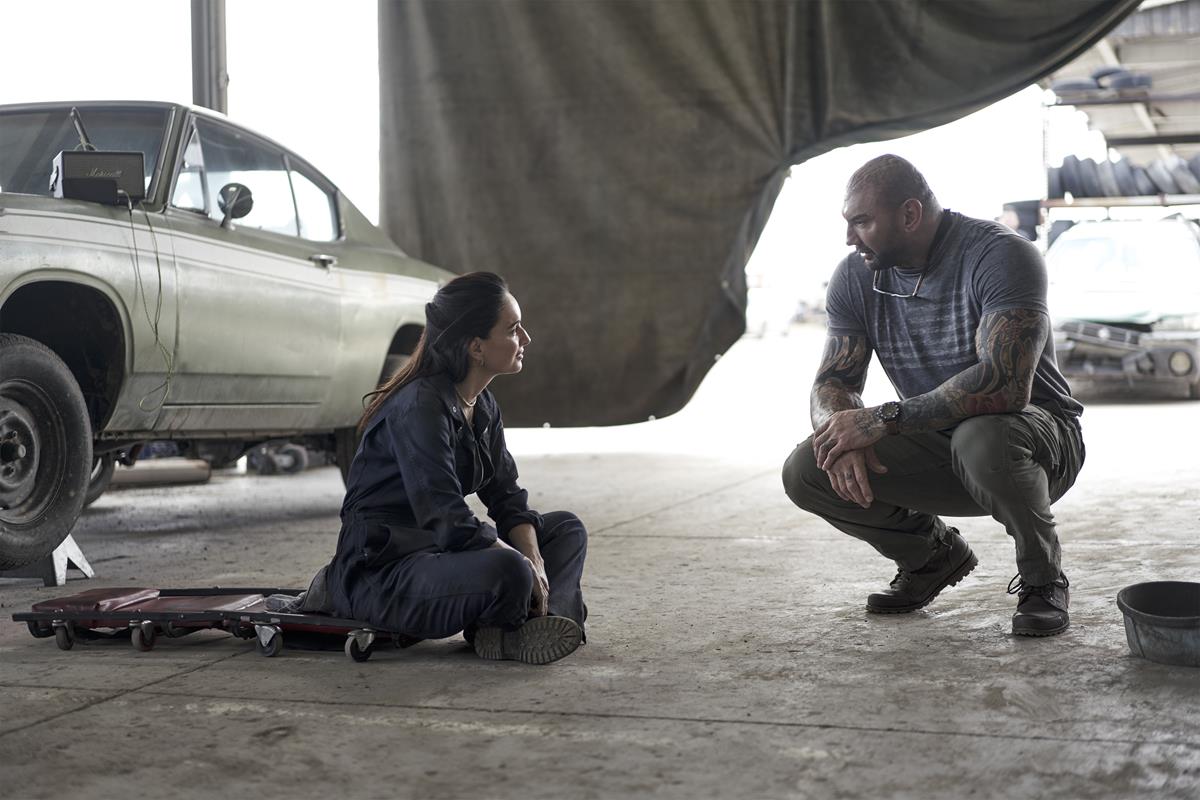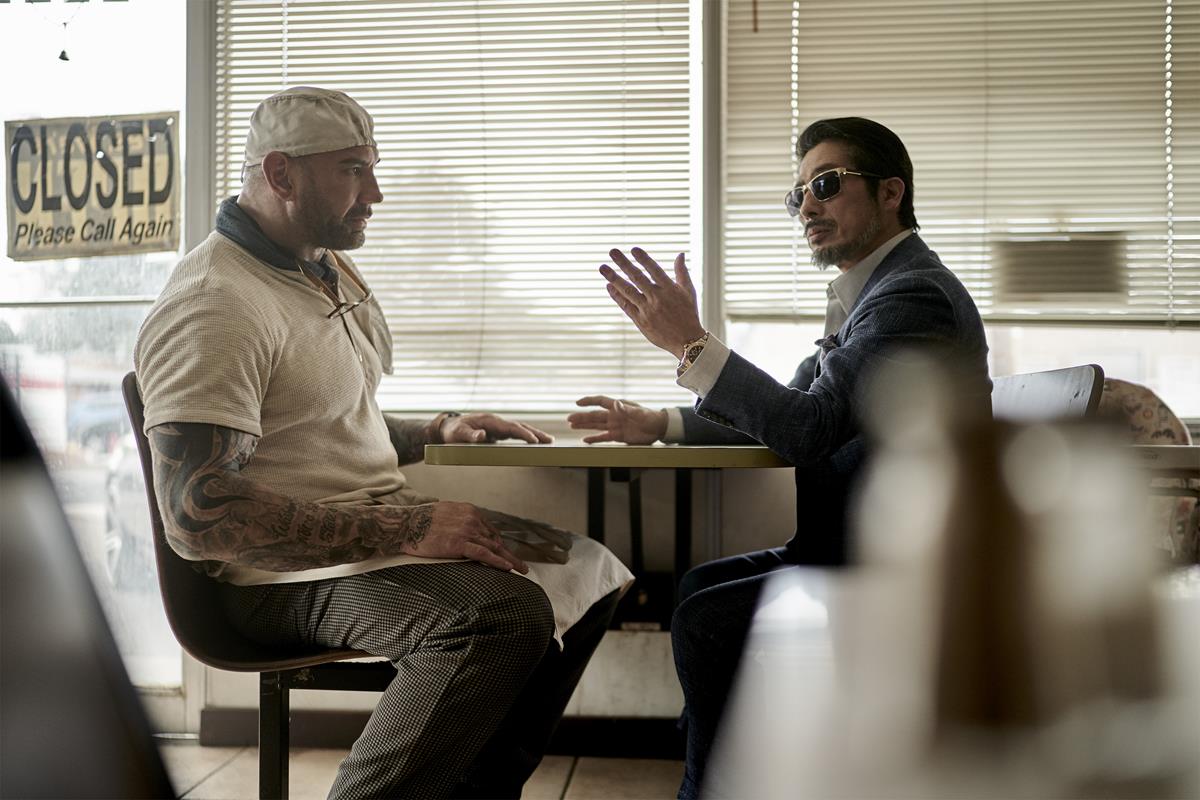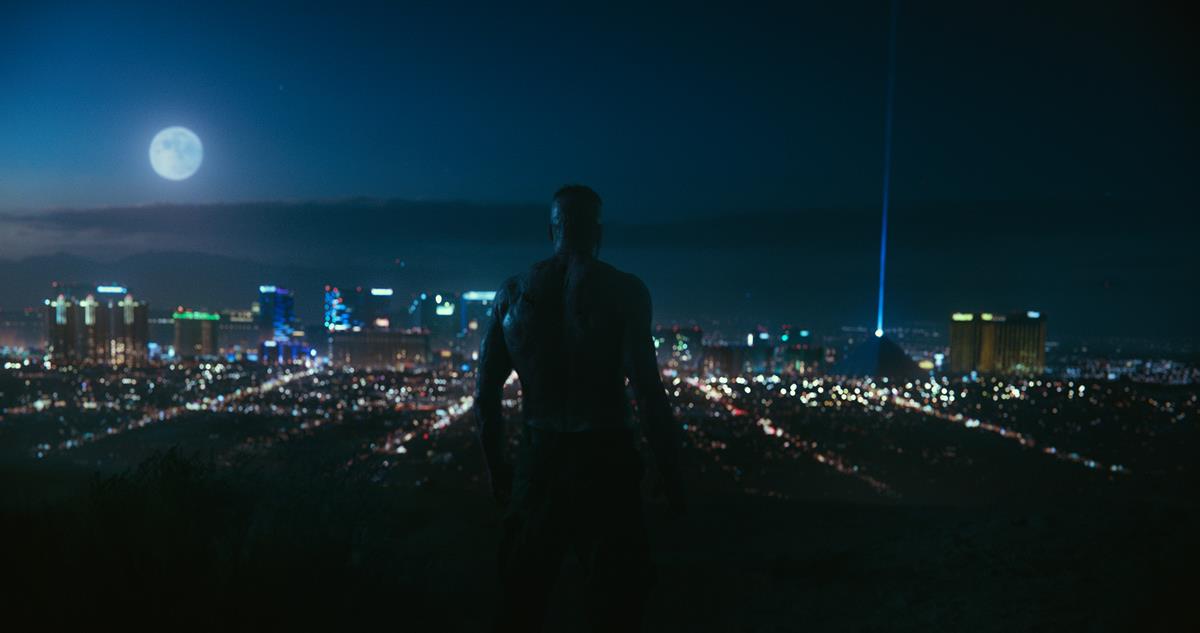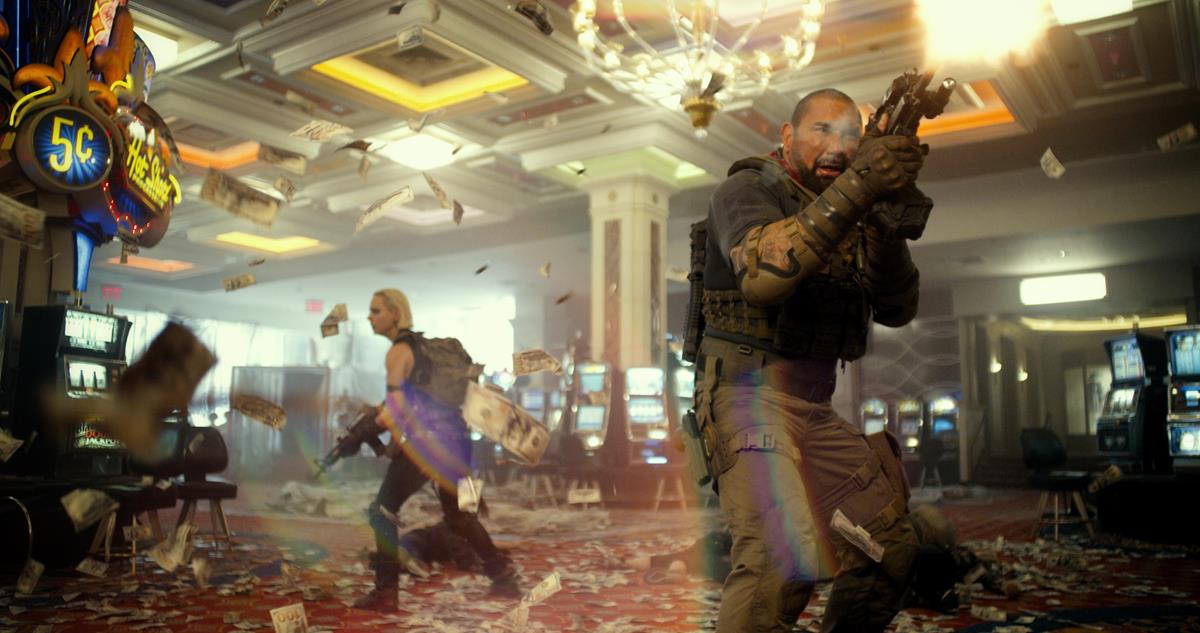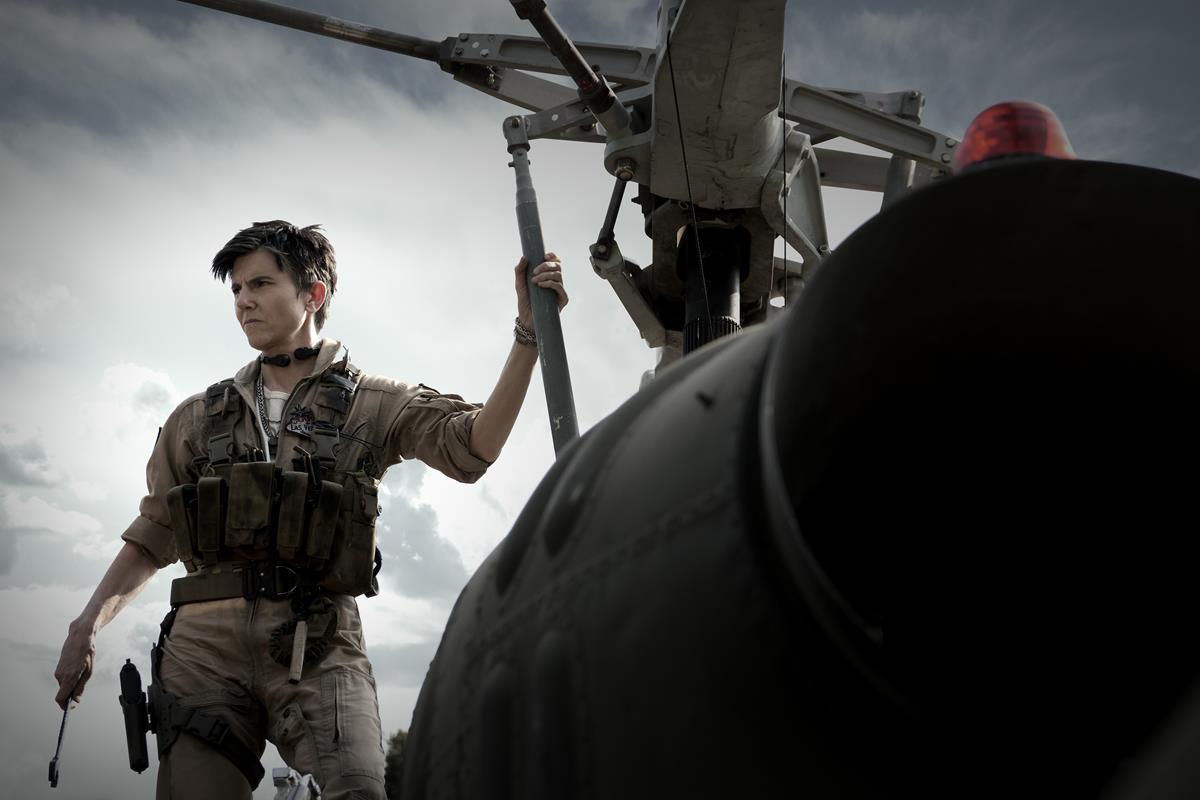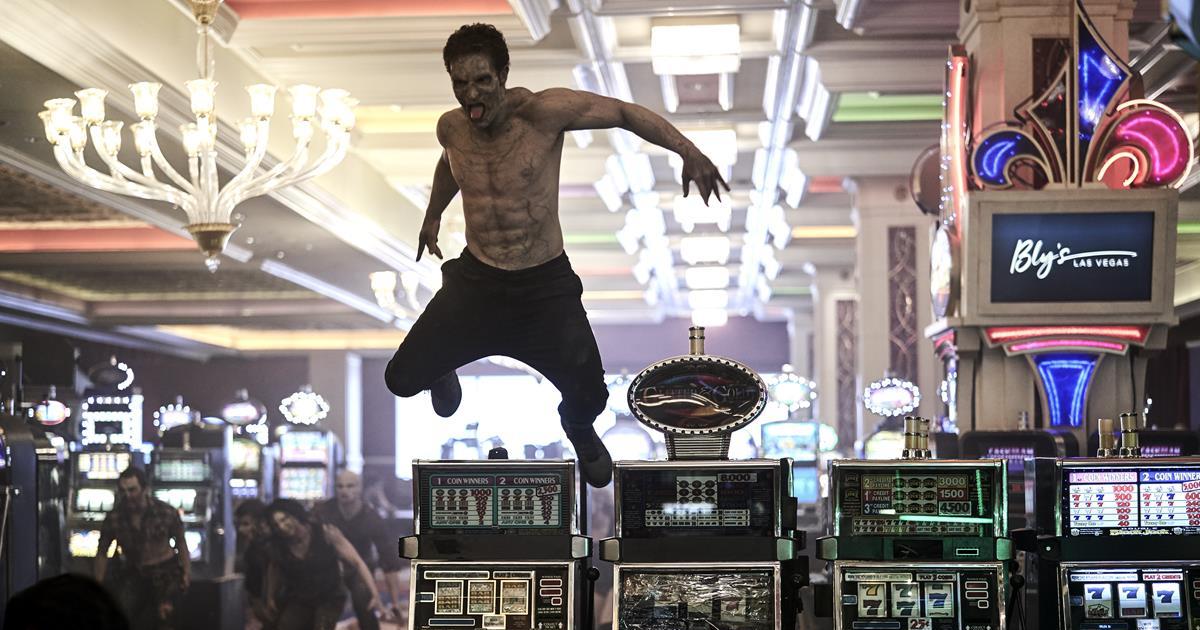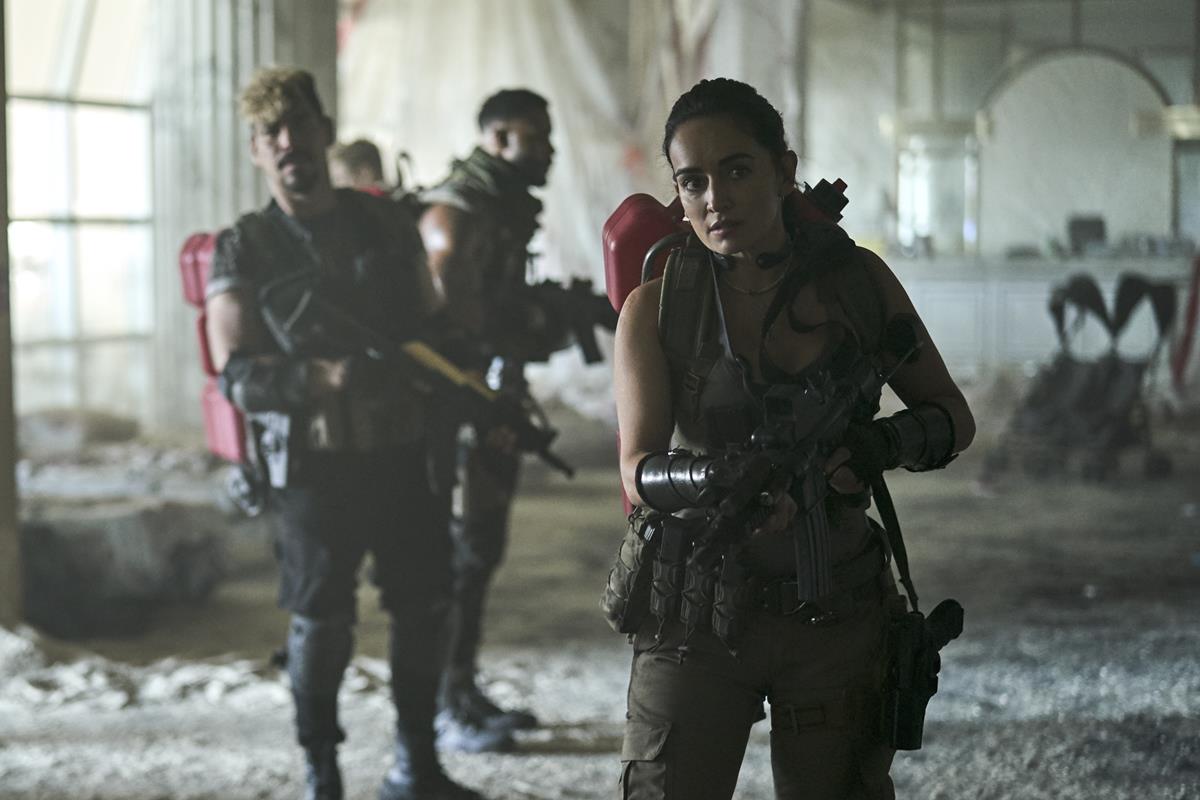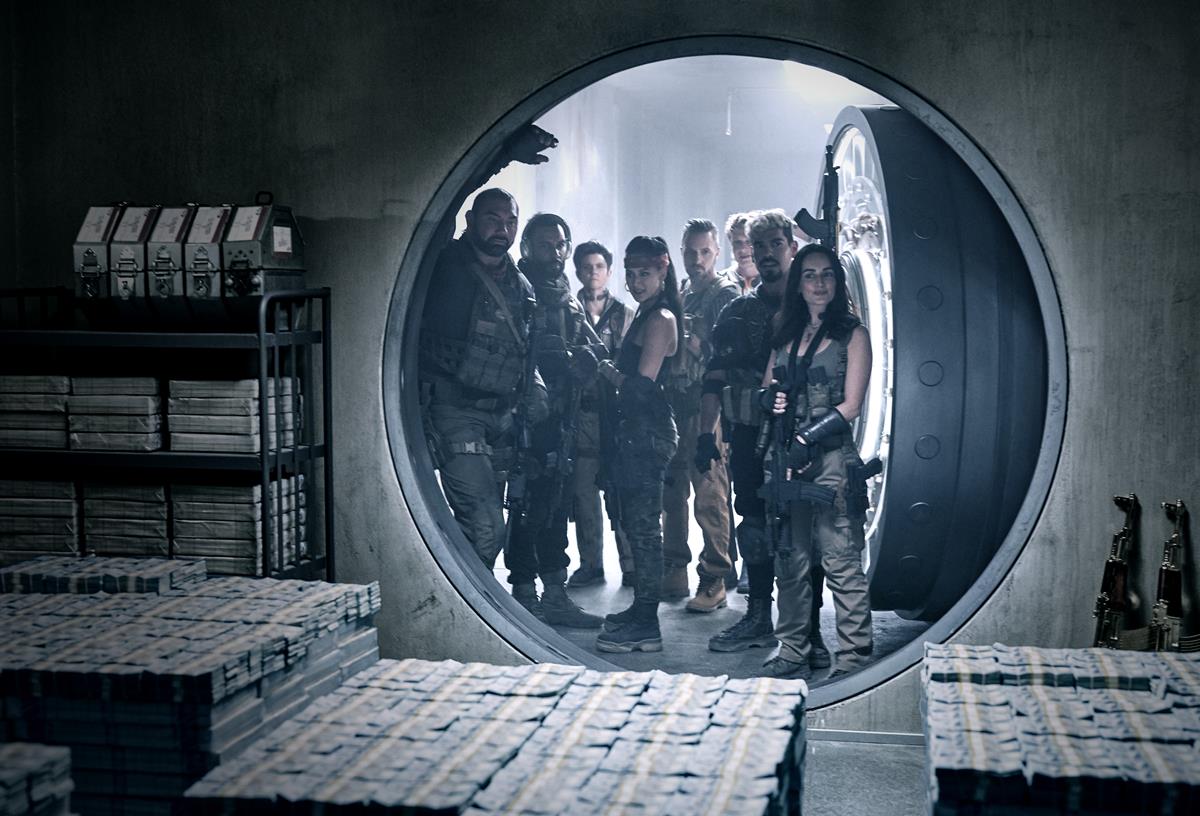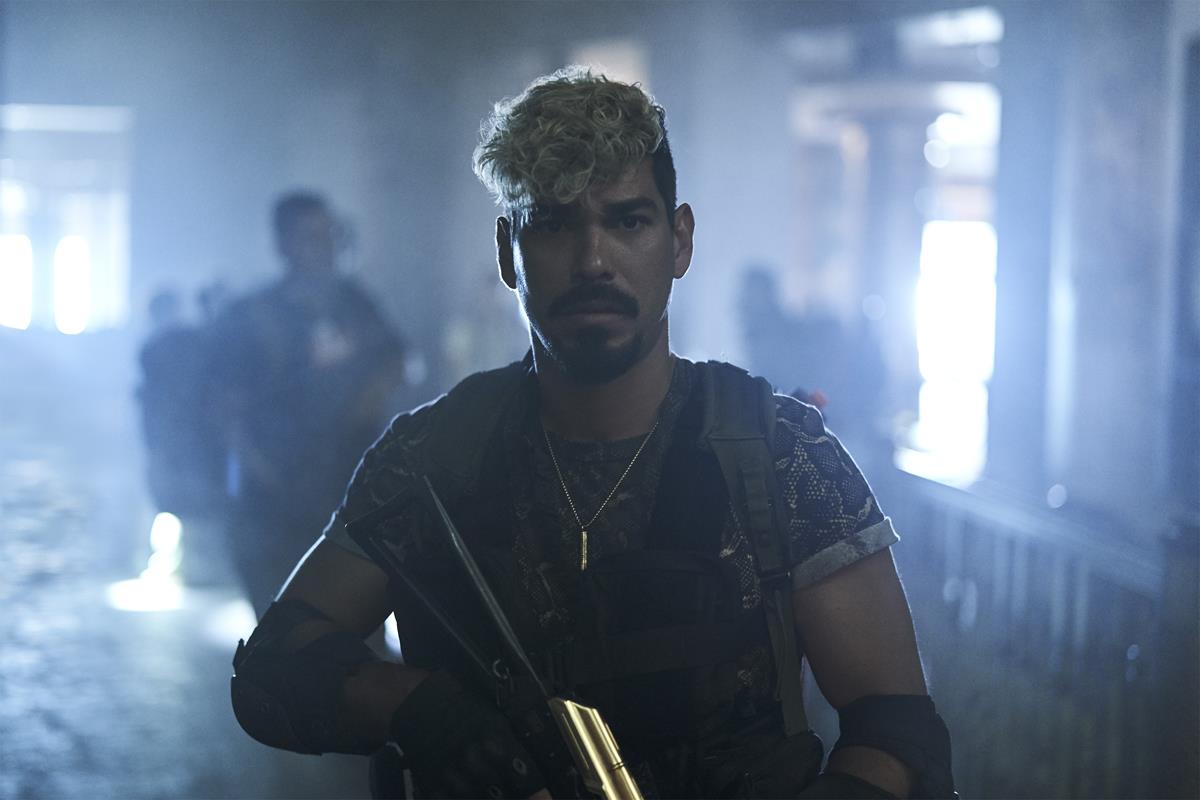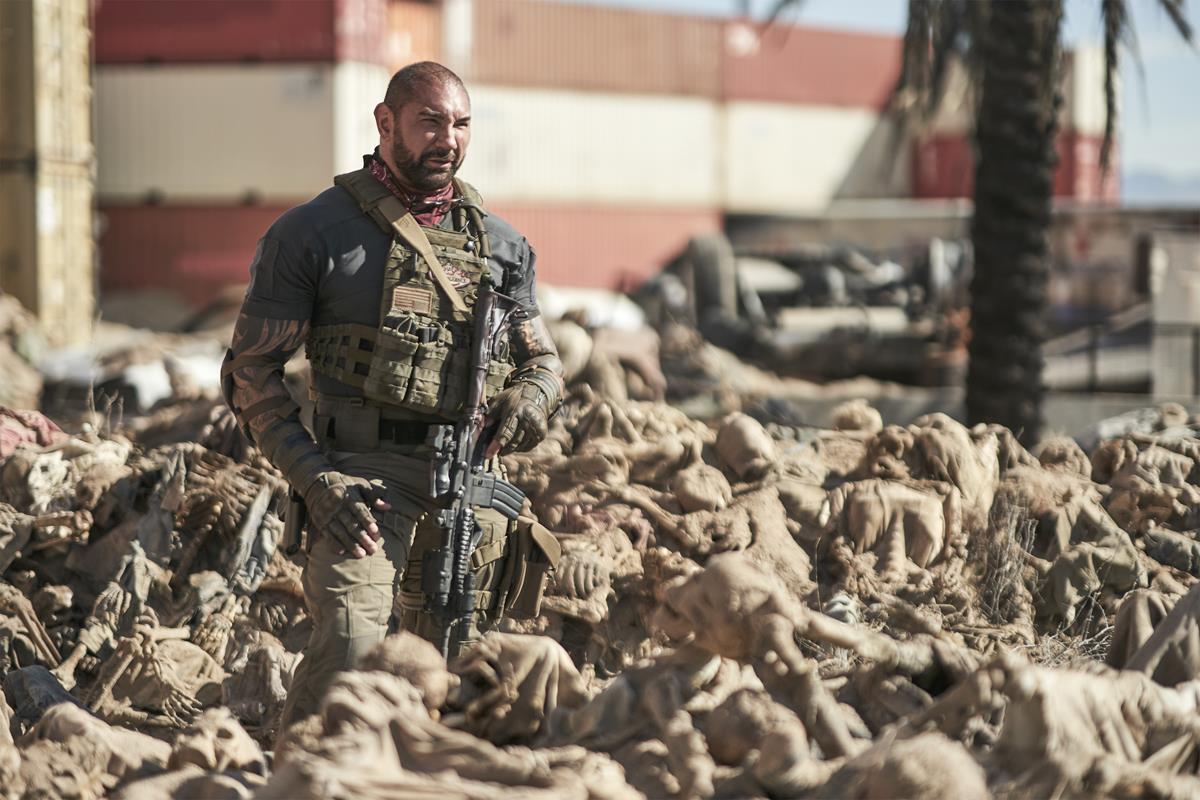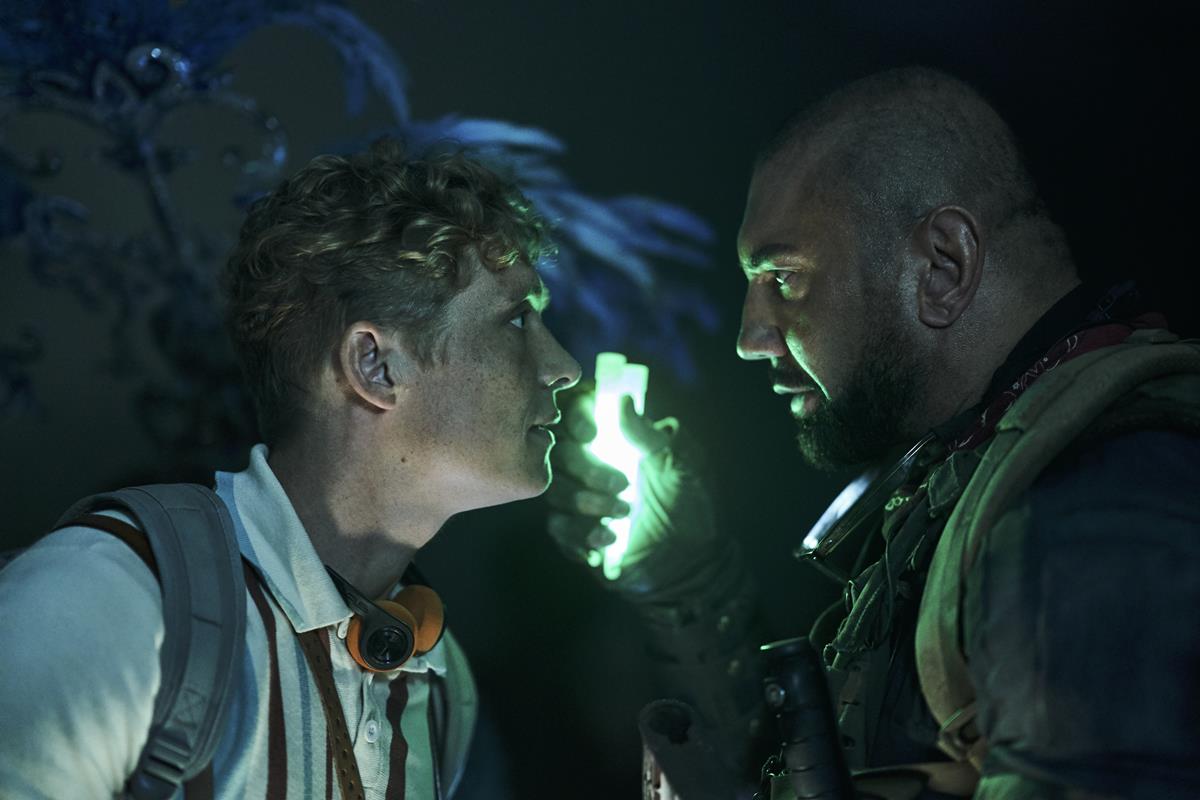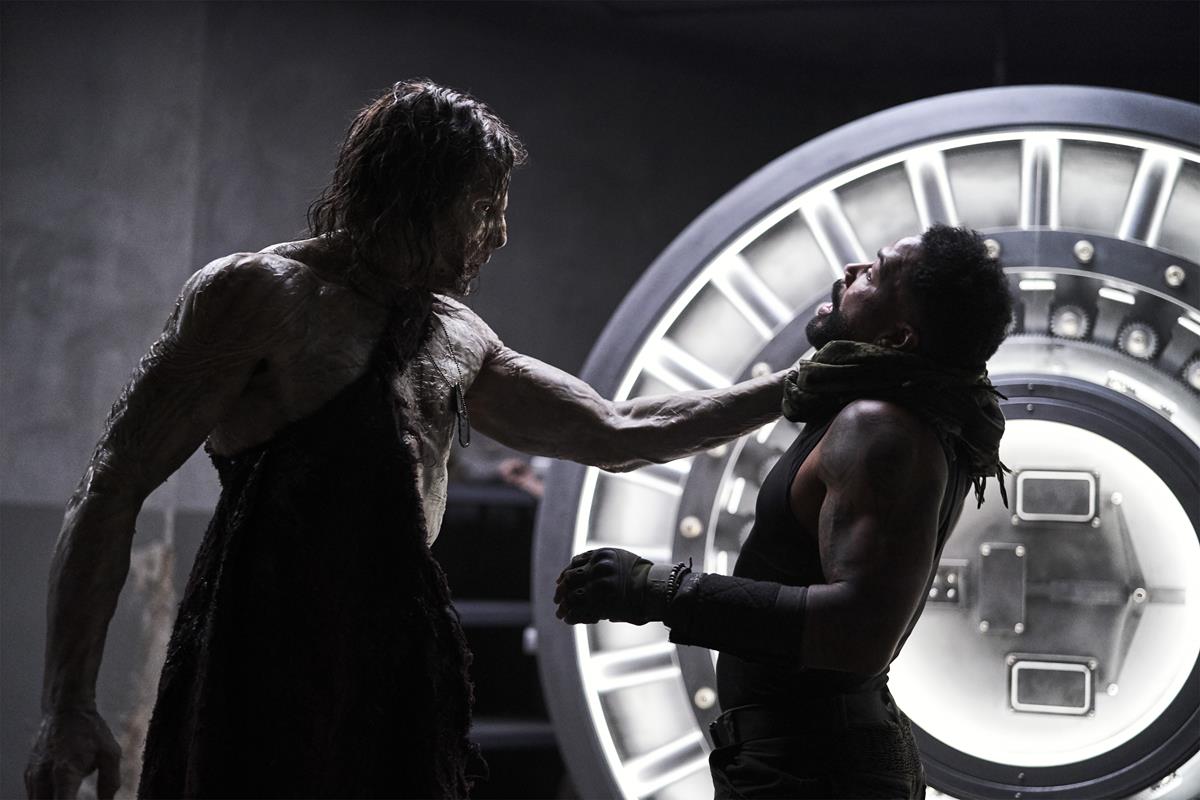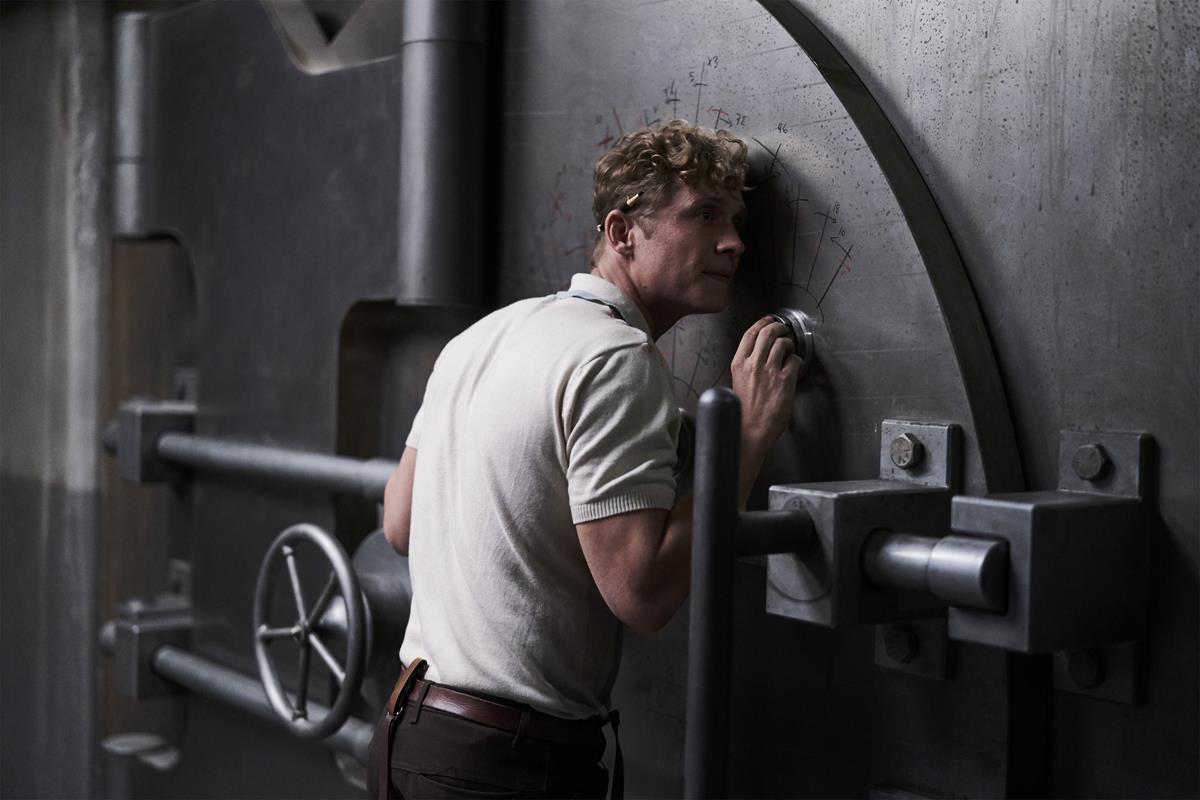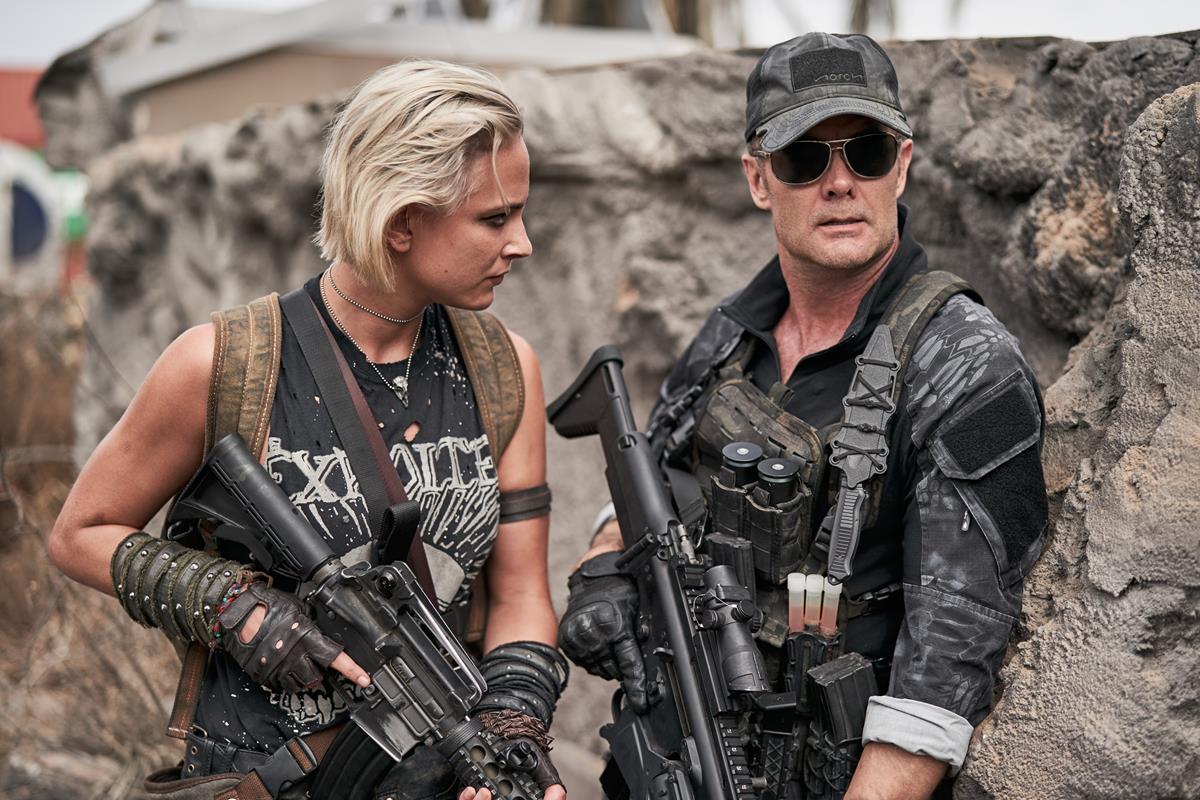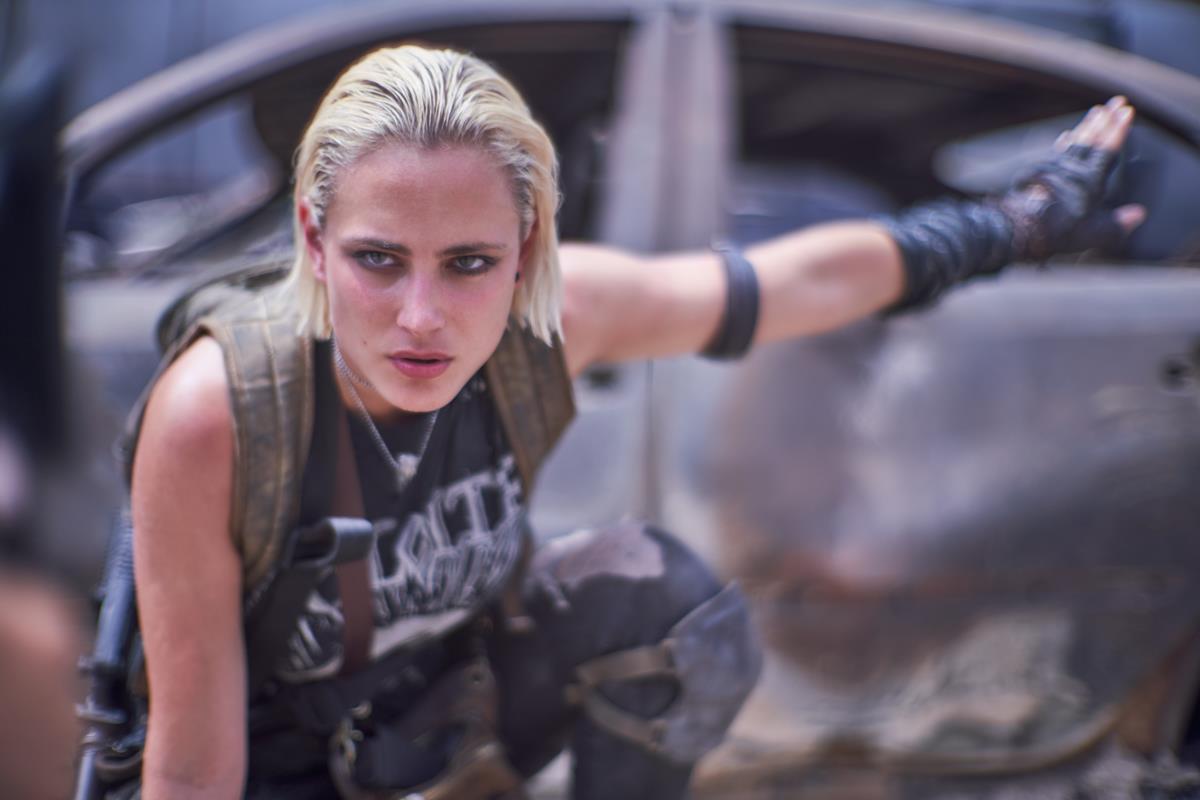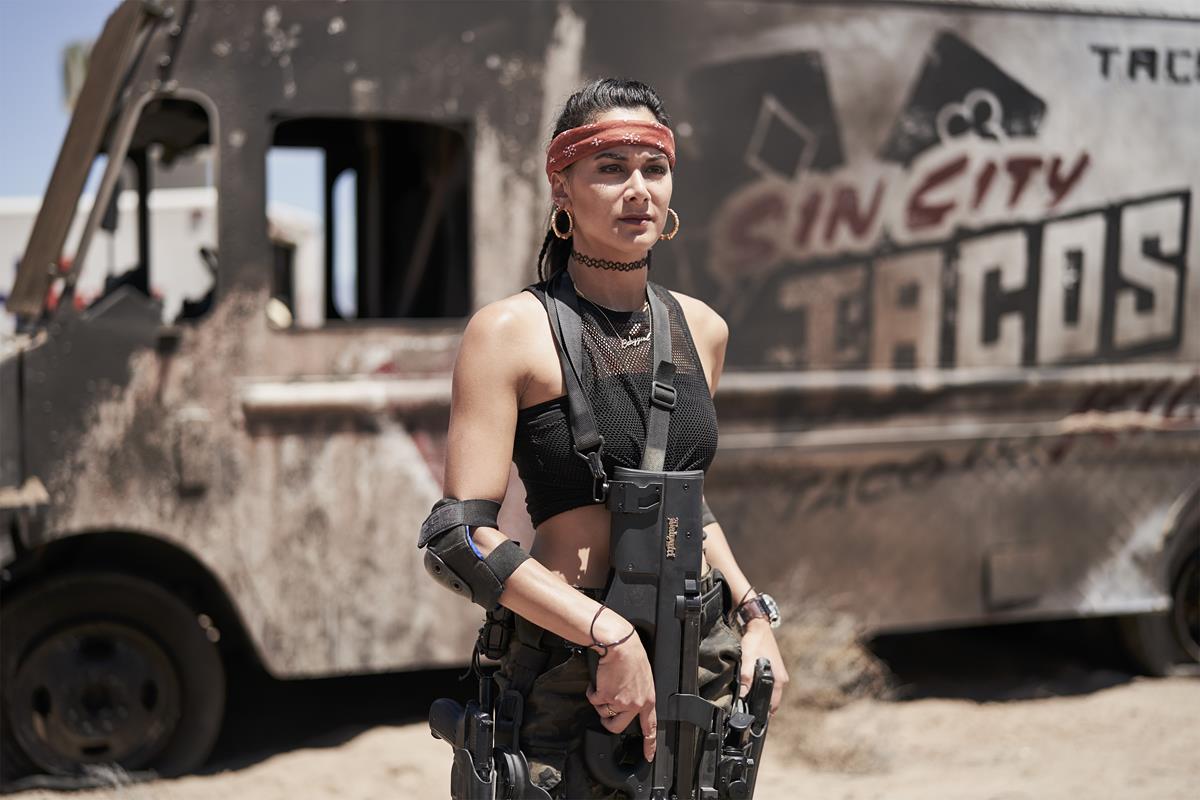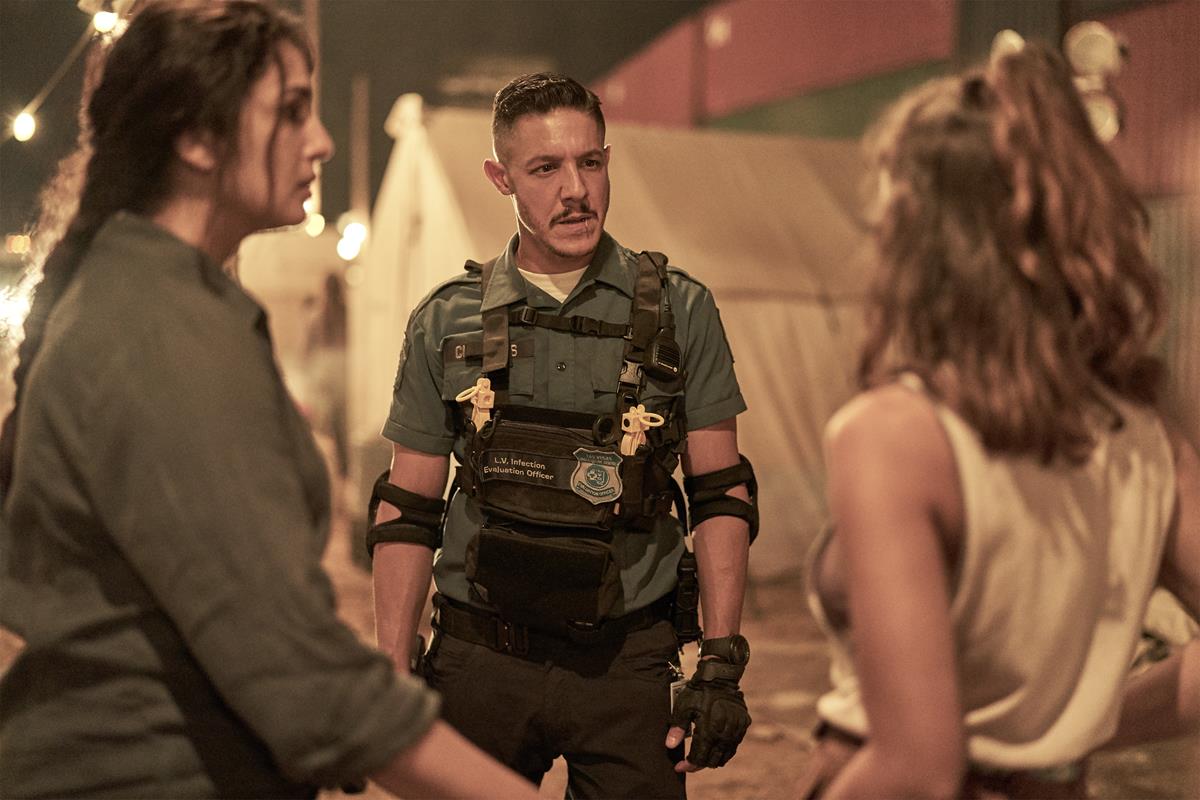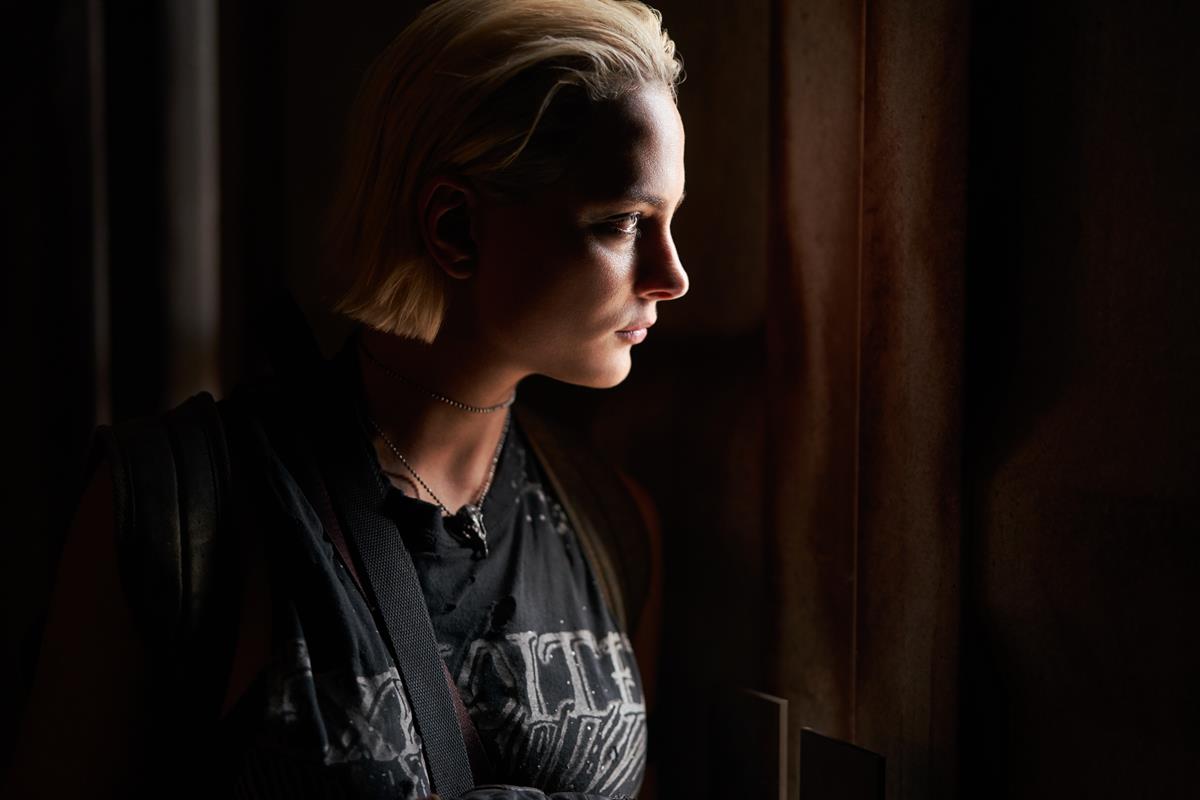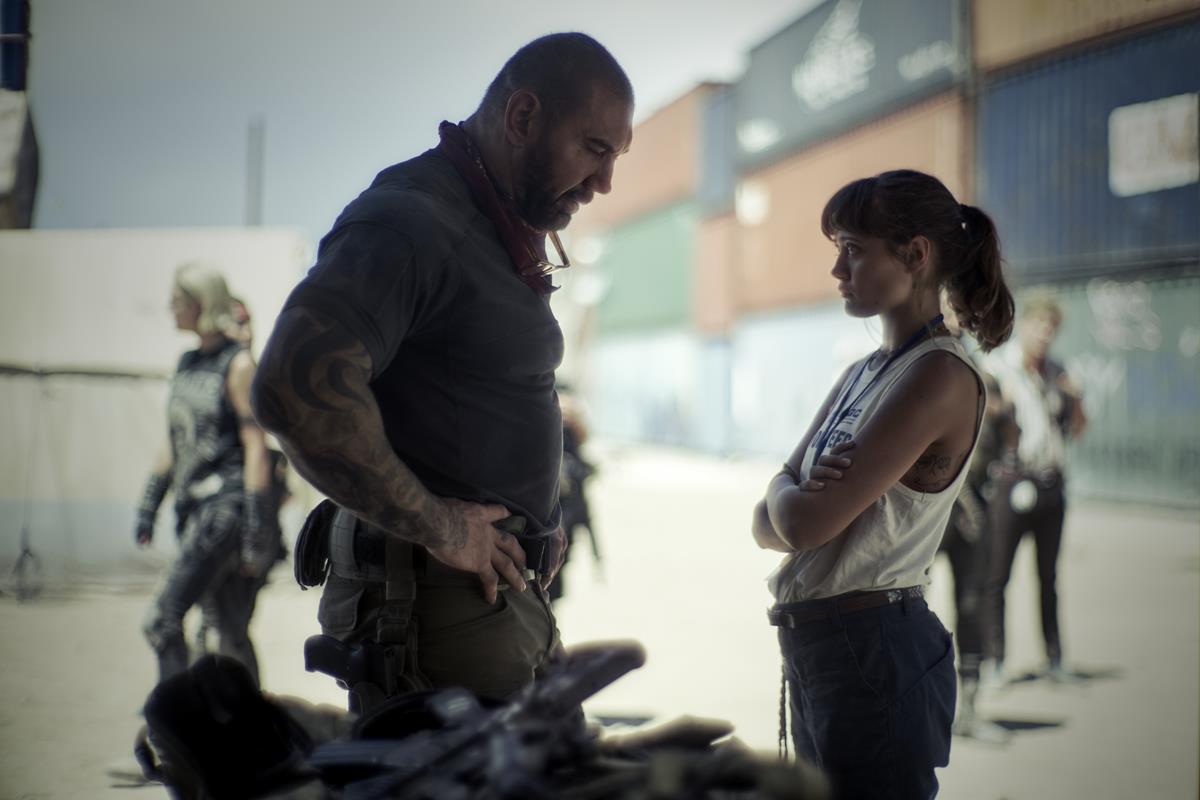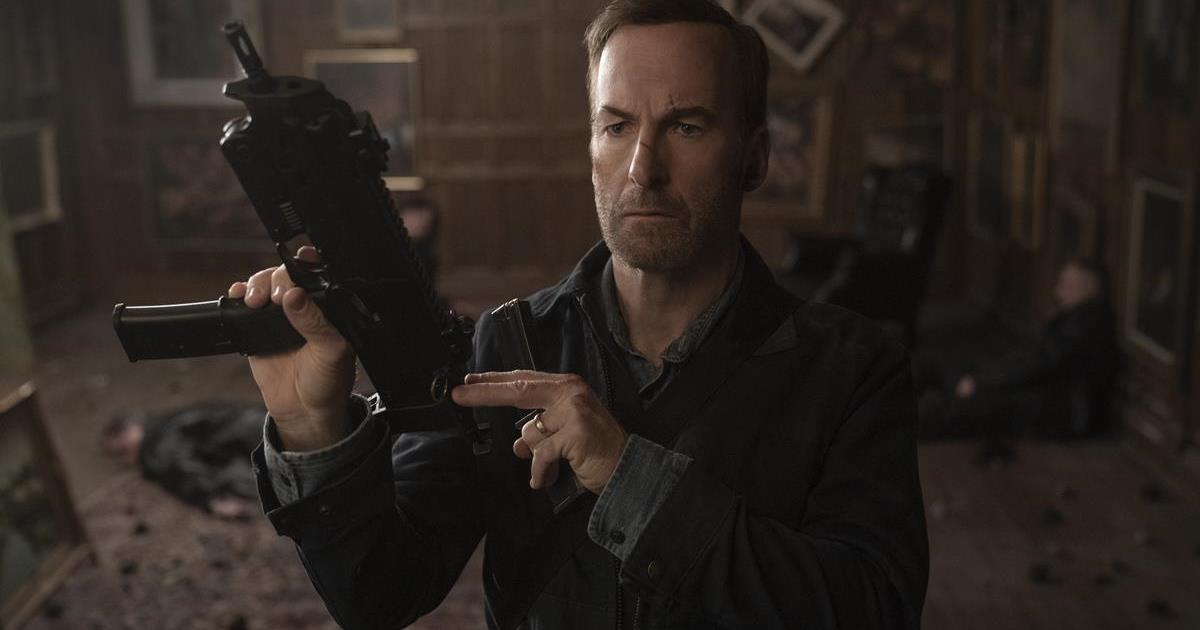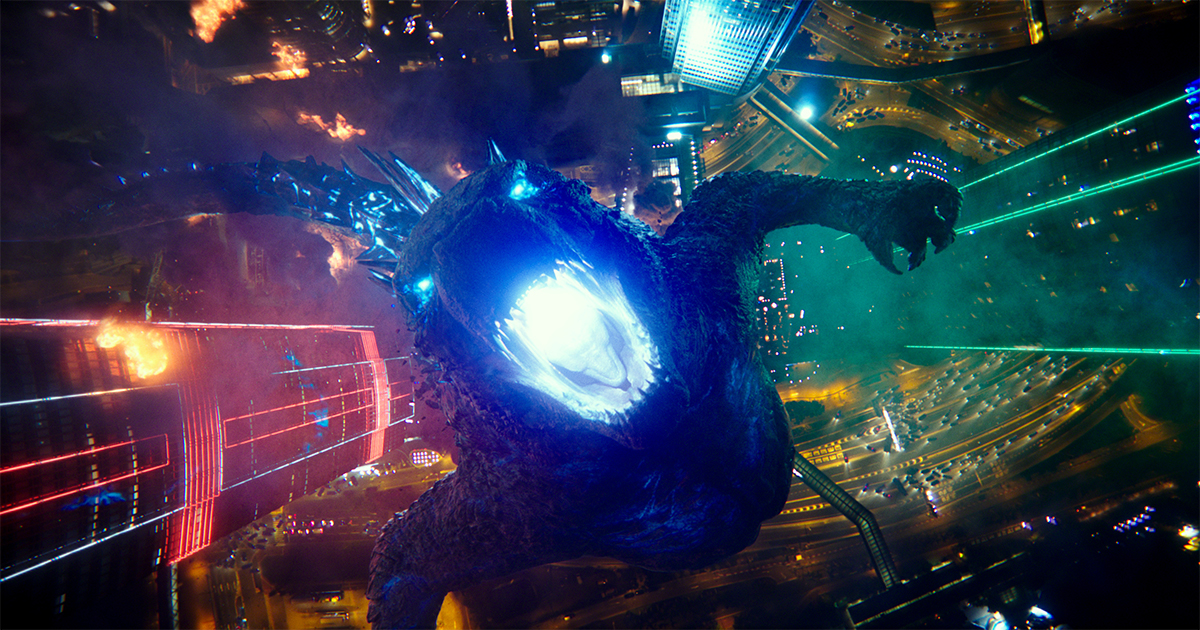
Zack Snyder’s Army of the Dead, currently streaming on Netflix, follows a group of mercenaries, who, after a zombie outbreak in Las Vegas, venture into the quarantine zone to attempt the greatest heist ever.
The ambitious, over-the-top zombie heist mashup stars Dave Bautista, Ella Purnell and Omari Hardwick, and is written, produced and directed by Snyder, who — for the first time in his career — also served as director of photography.
In another first for the multihyphenate filmmaker, Army of the Dead was Snyder’s first feature to be shot digitally. Following nearly a year of testing in collaboration with RED, Snyder opted to use specially customized RED Monstro digital cinema cameras outfitted with vintage f/0.95 Canon Dream lenses in order to evoke a soft, organic look in contrast to the harsh apocalyptic zombie landscape in the film. The entire movie was shot on two lenses with a locked aperture of .95 for every shot with the exception of one scene – Guzman’s YouTube trick shot — which was shot on an iPhone.

It took five weeks just to film the opening scene where the soldiers first encounter the film’s main antagonist, Zeus (Richard Cetrone), the powerful leader of the Army of the Dead. “I really wanted to shoot it at dusk in natural light,” says Snyder. “We shot it everyday at dusk for five weeks to get it right.”
Because casinos in Las Vegas are open 24 hours a day, it was impossible to actually shoot in Sin City. Instead, the Showboat Atlantic City was used for the interior of Bly’s Las Vegas casino in the film. As a non-gaming hotel, The Showboat’s 60,000 square-foot casino floor has been empty since 2014. Production designer Julie Berghoff and her team had to source more than 500 slot machines to use in the space.
The crew couldn’t gain access to the highest rooftops in Vegas in order to scan the strip, so VFX supervisor Marcus Taormina and his team of 12 to 14 VFX still photographers and LiDAR technicians spent 12 days using scissor lifts, drones, and a helicopter equipped with a LiDAR scanner to get the above-ground shots. The effort resulted in an accurate 3D model of the entire Las Vegas strip that was used throughout various sets.
In order to create the zombie tiger Valentine (as seen in the trailer above), the VFX team needed a real-life tiger to base the virtual creature on. Enter Big Cat Rescue in Tampa, Fl. where the team also met Carole Baskin several months before Tiger King debuted.
“She was a very sweet lady and she gave us the rundown of everything,” Taormina recalls. “In passing, Carole had mentioned, ‘Oh yeah, I know cameras. We just finished some little docu-series over here.’”
But Army of the Dead almost didn’t happen, according to producer Deborah Snyder, speaking at a Q&A at the Landmark Westwood Theatre celebrating the film’s release. “Quite frankly, this movie wouldn’t have gotten made had it not been for Netflix because it sat at Warner Bros. for years and years,” Variety’s Haley Bosselman quotes her as saying.
Not only did Netflix sign on for Snyder’s vision, they also embraced the idea of an Army of the Dead franchise before the film was even completed. An animated spinoff series called Army of the Dead: Lost Vegas is underway, Bosselman reports, along with a 30-minute documentary about the making of the film, and a prequel movie.
“We were able to work on our live-action prequel, which we shot in the fall,” Zack Snyder said during the Q&A. “That follows the character of [Matthias Scheighöfer’s] Dieter and so we get to learn how he ended up where he was at the beginning of this movie.”
READ MORE: ‘Army of the Dead’: Zack and Deborah Snyder Discuss the Long Road to Making the Zombie Epic (Variety)
Netflix VP of original studio film Ori Marmur sought to bring the streamer’s core values of creative excellence and freedom & responsibility to Army of the Dead. “For me, it meant empowering Zack to take the kind of big swings he is known for,” he said in a statement, adding:
“For the company, it meant doing something unprecedented in traditional ‘Hollywood’ — saying yes to a German local language prequel for Matthias Schweighöfer’s character and an anime spinoff before ever seeing a cut of the film. Conventional wisdom says: make one and see how it does. Here, there was so much enthusiasm around the possibilities, we just kept going. Just as the film’s multi-hyphenated genre makes it accessible for lots of different people and tastes, so does the future of the Army-verse.”
Want more? Watch Netflix Film Club’s “Snyder School” series exploring Snyder’s journey into his creative process as a filmmaker.
In Episode 1, Snyder discusses his approach to creating a title sequence — from storyboard sketches to special effects — in Army of the Dead, 300, Watchmen and Justice League.
In Episode 2, Snyder sits down with RED Digital Cinema president Jarred Land to discuss his approach to cinematography, including how he utilized the RED Monstro sensor for Army of the Dead to get the most out of the re-housed vintage Canon Dream lenses:
In Episode 3, Snyder explains his philosophy on color, how he finds the final cut with his editor, and how music and sound design complete the emotional experience of watching his films.
And be sure to check out Vanity Fair’s “Notes On A Scene,” which breaks down a zombie heist scene from the film. In the video, Snyder discusses the nuances and challenges of working with CGI zombies, and explains how he was able to edit Tig Notaro into his Army of the Dead universe.



